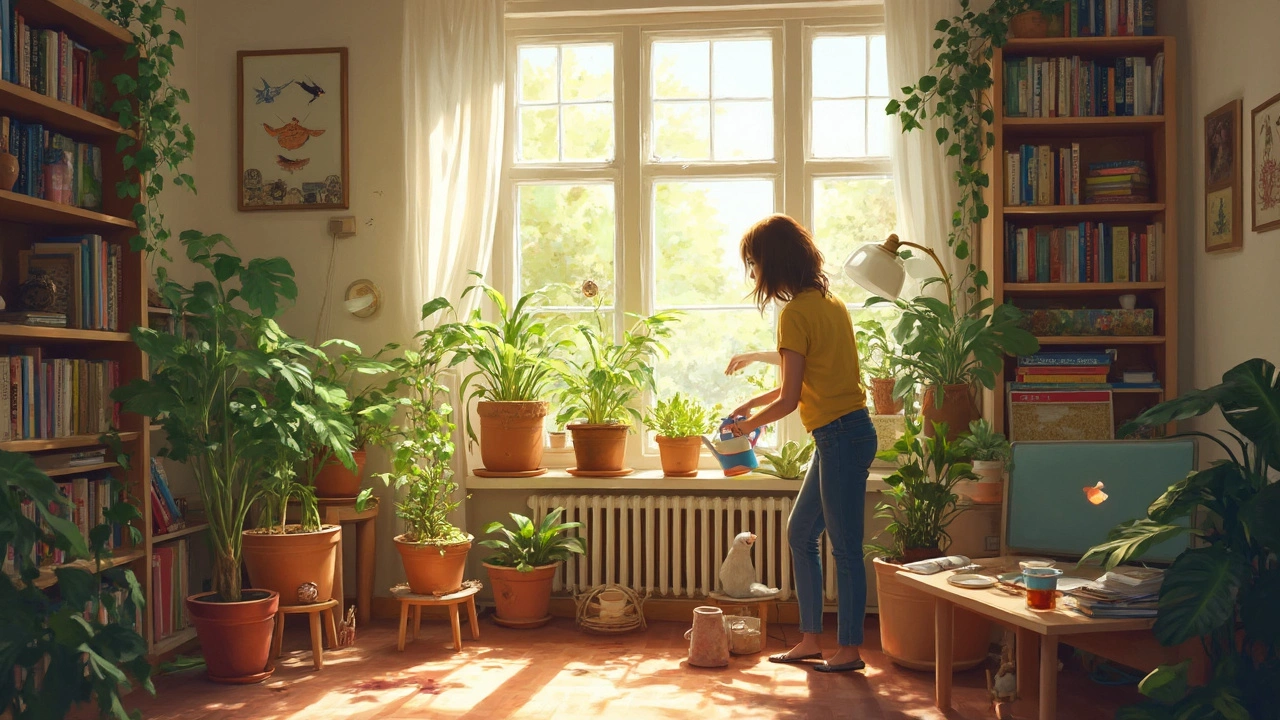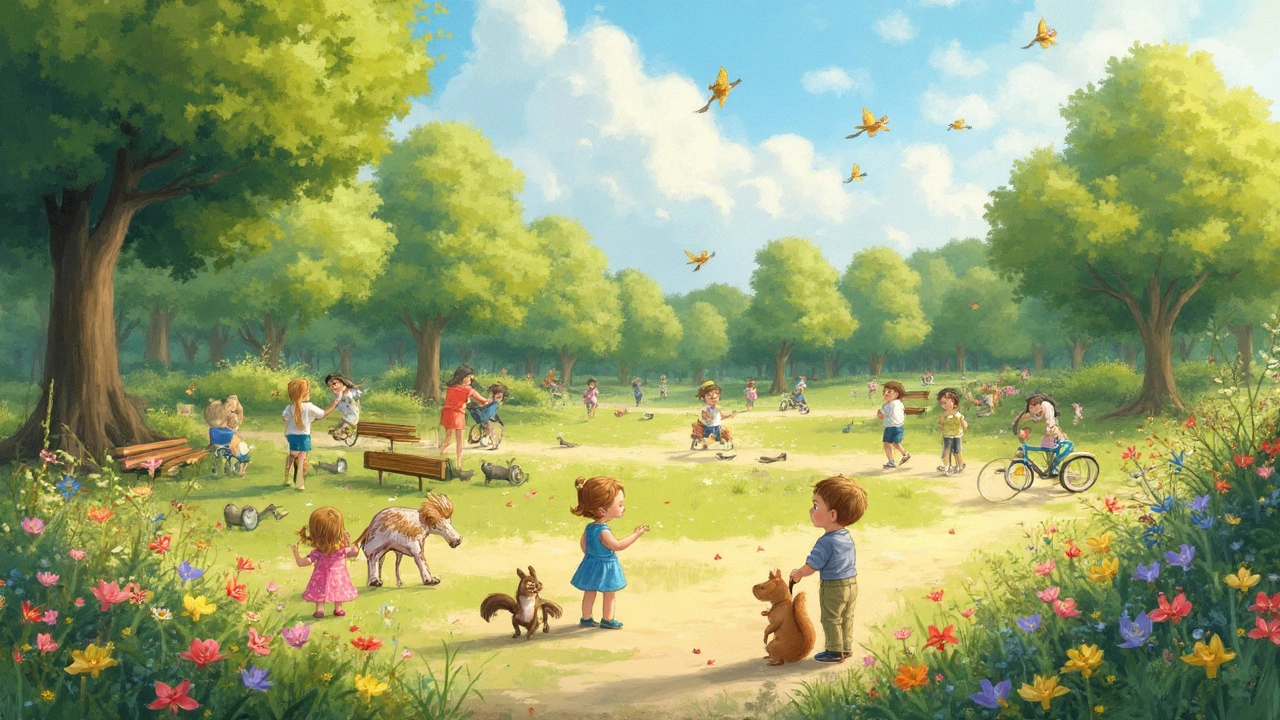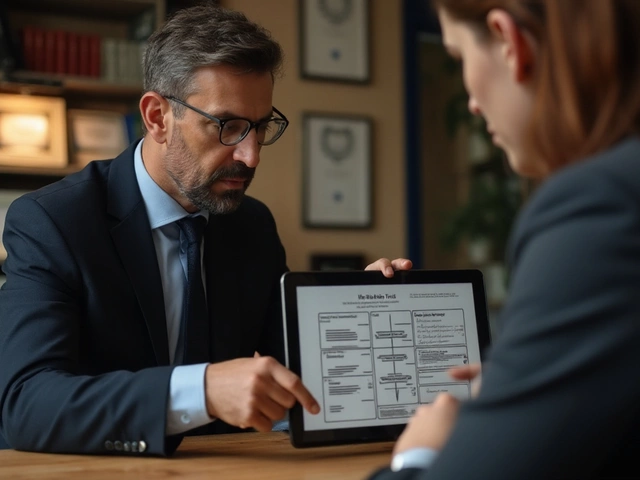Living and Non-Living Things: The Two Essential Groups in Our Environment
Imagine putting everything around you into just two boxes. Sounds impossible, right? From the chair you’re sitting on, to your houseplants, to the phone in your hand, it might seem like the environment is made up of a million different things. But all those things—every single one—actually fall into just two categories. This split shapes our world in ways we barely notice on a daily basis, yet it’s at the heart of how nature works, how people study science, and even how we survive on the planet. Here’s the wild part: understanding these groups isn’t just for your childhood science class. This neat division pops up in ecology, in how we manage waste, even in how your coffee gets its flavor. The line between these groups sometimes blurs, and what you discover at the edges is much more surprising than you’d expect.
The Basic Split: Living Things and Non-Living Things
The most basic—and really the only—way scientists break down everything in the environment is into two camps: living things (biotics) and non-living things (abiotics). Sounds simple, but there’s a lot packed into that. Living things (plants, animals, fungi, bacteria, you, me, your neighbor’s parrot) breathe, grow, reproduce, respond to their environment, use energy, and eventually die. Non-living things—think rocks, air, sunshine, plastic bottles, water—don’t do any of that. They’re the furniture, the stage, the physical rules and materials that life acts upon.
You might be surprised how formal this gets. Biologists use a tidy list of “life criteria”—a sort of checklist. Something is alive if it shows all of these traits: it’s made of cells, it reacts to stimuli, uses energy, grows and develops, reproduces, and maintains homeostasis (stays in a stable internal state). Forget one, and you’re kicked out of the ‘alive’ club. Lots of stuff gets close (viruses argue with this rule, sparking science debates), but most things fit pretty obviously into one group or the other. It’s way more than just ‘breathes’ or ‘moves’—think about seeds lying dormant for years or jellyfish that might be basically immortal!
Non-living things, or abiotic factors, actually set the boundaries for what life can do. The temperature, amount of sunlight, the chemicals in the soil, or how salty a body of water is—these are all non-living. They might seem “dead,” but they make a huge impact: no water or sunlight, no plants, and then the entire food chain collapses. Sometimes non-living things used to be part of something living (like a fallen log), and sometimes they never were (like a river rock).
When you start thinking, “Wait, but my wooden desk used to be a tree,” you see the conversation gets a little tangled. Here’s a trick: in science, once something was alive but isn’t anymore, it’s often called 'dead' or 'organic matter'—not truly living, but not straight-up abiotic either. All the nutrition in soil comes from non-living things (minerals, water) and from the breakdown of living things. The lines can blur, but the two big buckets are pretty clear for most everyday things.
Why This Division Matters
So, why split everything this way? It’s not just tidiness or some scientist’s craving for neat categories. This division actually explains how everything works together in the world. Picture a simple picnic in the park: the grass under your blanket is alive, photosynthesizing away, pumping out oxygen; the sandwich in your hand was put together from plants and animals, once living; the blanket, if it’s plastic, came from oil, which is made up of ancient crushed plants and animals; and the sun shining down is pouring in energy—the most important abiotic factor of all. It all connects. Without the non-living stuff, life would have nothing to grow from, nothing to breathe, even nothing to be warm or cold. But pile up all the abiotic matter you like, and without the spark of life, it’s empty of movement or change.
Your body itself is a mashup of both. The cells are alive, but the minerals in your teeth and hair are non-living—yet you need both to function. The photosynthesis in plants depends on water, sunlight, and carbon dioxide (all abiotic) to create sugar, letting animals eat and get energy in return. If this sounds like an endless circle, you’re catching on. The connection between these two groups runs every ecosystem, from city parks to jungles to deserts.
Take coral reefs, for example. Coral itself is alive—each dot is a tiny animal. They build reefs out of calcium carbonate (a non-living mineral), creating underwater cities that attract more living things, from fish to algae. But as oceans warm and get more acidic (abiotic changes), corals bleach and die. This shows how a shift in the non-living world can wipe out entire ecosystems of living things. It’s the same in forests hit by drought or cities built from concrete and metal—how we treat the non-living world shapes what can survive and thrive.
Here’s a bonus tip: if you want your houseplants to stop dying, stop thinking they just need water, and consider all the abiotic factors—light, temperature, humidity, even the mix of minerals in the soil. That’s using this knowledge in real life, not just school science fairs.

How Living and Non-Living Groups Interact
The magic of our environment is how living and non-living things interact every single second. Think about energy: sunlight (non-living) is captured by plants (living) through photosynthesis, and animals (including us) eat plants or each other to get that energy moving up the food chain.
Here’s something wild: the Sahara desert looks empty, but actually, the chemistry of its sand (non-living) determines which plants can root and which creatures can burrow there. Similarly, water cycles through the environment thanks to clouds and rain (non-living physics at work), but only living trees pull that water up and release it in a kind of “plant-sweating” called transpiration. Even city life relies on this: the materials in your apartment (glass, concrete, steel) are non-living, but the bacteria on your kitchen sponge are living, busy breaking things down whether you like it or not.
Sometimes, the cycles are surprisingly fast. A decomposing apple on your counter loses its crispness not because it’s just sitting there but because bacteria and fungi (living) are gobbling it up. In turn, what’s left adds nutrients back into the soil when you toss the core outside, affecting how well your garden grows next year.
Nature is a master recycler. Non-living minerals in rocks dissolve and get absorbed by plant roots, newborn plants feed the next round of animals, and on it goes. Even fossil fuels you pump into your car? Compressed remains of living things from millions of years ago, transformed by heat and pressure (non-living processes). Our world is basically a handshake between these two camps, with no side ever really acting alone.
| Group | What’s Included | Key Features | Examples |
|---|---|---|---|
| Living Things | Plants, animals, fungi, bacteria | Grow, reproduce, use energy, respond, made of cells | Dogs, mushrooms, sunflowers, algae |
| Non-Living Things | Rocks, air, water, minerals, sunlight | No growth, no reproduction, no energy use, not made of cells | Gold, sand, clouds, plastic bottle |
Ever wondered why your phone battery can’t be brought back to life by sunlight, but your tired mum can? That’s because living things can process and react to energy, while non-living things just follow the chemical rules. Once a living thing dies, its body joins the non-living world, bringing nutrients with it—fuel for the next cycle. You see this in compost heaps turning banana peels into garden gold, or in ancient forests that, after burning, become fields where new life sprouts up.
Blurry Lines, Surprising Questions, and Why It Still Matters
You’d think those two groups would cover everything, but some things don’t fit so cleanly. Viruses, for instance, are like the fence-sitters of biology. They can reproduce, but only inside living cells, and are just a bundle of proteins and genetic material outside them. Are they living? Debate still rages—a debate that got heated during the COVID-19 pandemic.
Prions (weird misshapen proteins) and seeds that seem lifeless for decades until the right rain comes—these push our categories to their limits. Then we’ve got technology: robots act like they’re alive, but they can’t eat, grow, or reproduce. Artificial intelligence can beat us at chess, but it doesn’t breathe or need a nap.
Humans mess around with categories, too. Plastics are made from old plant matter but are totally non-living today. Fire grows and spreads, but it isn’t alive—it’s just a reaction. Even water is weird: vital for every living cell, but not alive itself. And don’t get started on the debate around consciousness in animals, plants that “talk” to each other with chemicals, or bacteria changing the weather by making clouds when they float into the atmosphere.
Yet, understanding these two groups does something huge for us. It helps us figure out how to clean up oil spills (use bacteria to eat the oil), how to grow food in tricky climates (adjust the non-living stuff like temperature or pH), and even how to spot signs of life on Mars. It teaches us that every action—watering a houseplant, tossing trash, building a skyscraper—plays out between these two teams. You ignore one and the environment gets out of whack.
If you want to take action, here are a few easy tips: start composting—turn organic waste back into nutrients. Pay attention to household temperature and light for the plants and pets you keep. Support greener materials that are easier for the living world to break down. Recognize that non-living changes (pollution, climate, habitat destruction) have huge tidal waves for living things big and small. The division is basic, but the web it creates is anything but. Living and non-living things keep the world spinning. Understanding that isn’t just curiosity—it’s survival.







